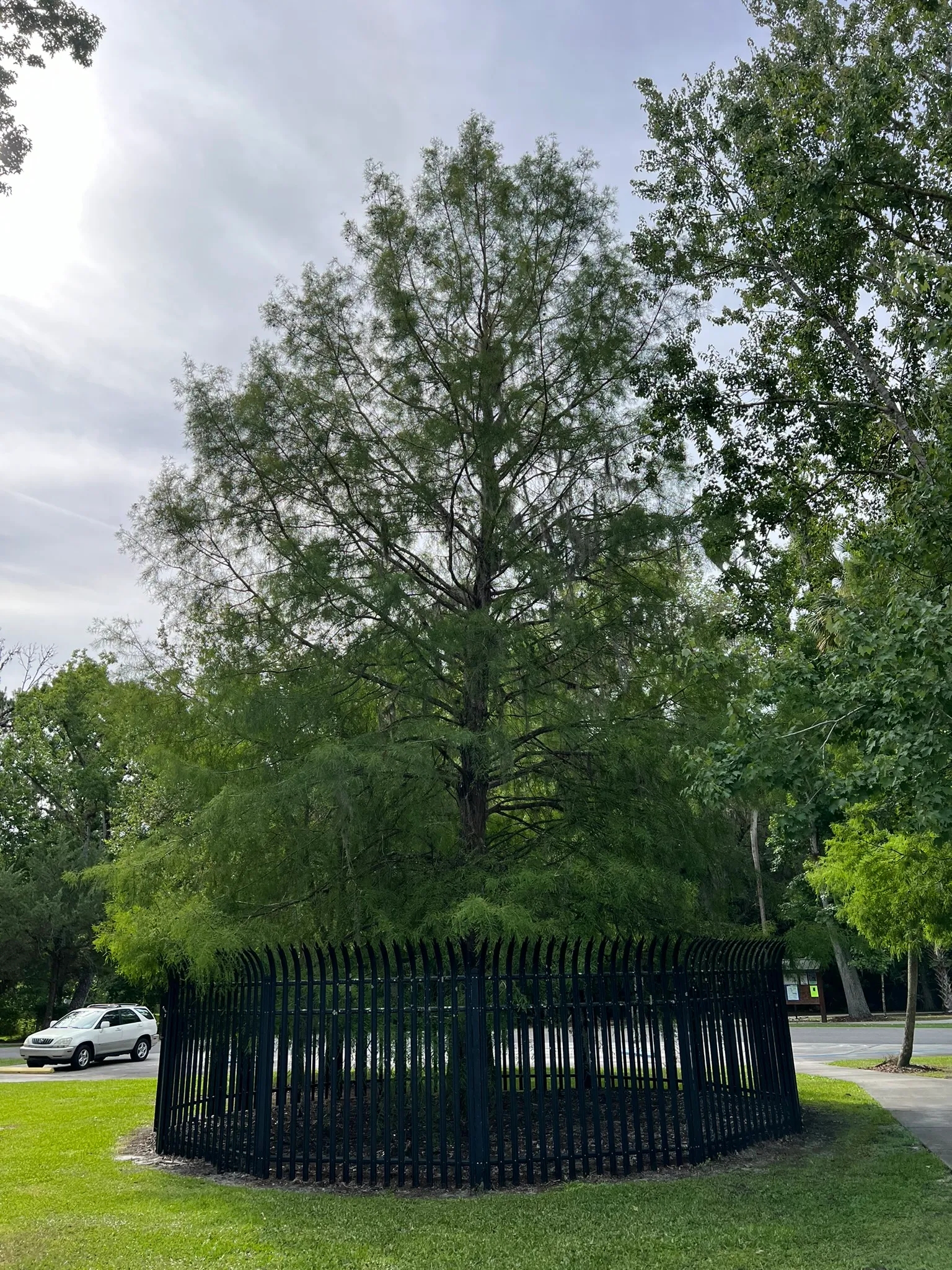Discover the Hardy Pignut Hickory: A Native Tree with Wildlife Value
The Pignut Hickory (Carya glabra) is a strong and stately native tree belonging to the walnut family.
Sizes Available
Wholesale Only
1 Gallon
$4.00
3 Gallon
$8.00
7 Gallon
$22.00
A stately Pignut Hickory displays its fall color and oval crown, offering shade and sustenance for wildlife.
Scientific Name: Carya glabra
Common Name: Pignut Hickory, Broom Hickory, Coast Pignut Hickory, Pignut, Red Hickory, Small Fruited Hickory, Smoothbark Hickory, Swamp Hickory, Sweet Pignut Hickory, Switch Hickory
Hardiness Zones: 5A through 9B
Height: Up to 80 feet
Spread: Up to 40 feet
Growth Rate: Slow
Foliage: Spring: Reddish compound leaves emerge. Summer: The leaves mature to a dark green. Fall: The foliage turns a noticeable yellow, providing seasonal color.
Bark: Young trees possess smooth bark with shallow cracks. As the tree ages, the bark develops flat, sharp-edged ridges.
Sun: Full sun to partial sun is suitable for this tree.
Soil: The Pignut Hickory adapts to fertile sandy or clay loams.
Wildlife Value: This tree is beneficial for wildlife. Its nuts, while sometimes bitter, are eaten by squirrels and chipmunks.
Why Choose Pignut Hickory?
Strong and Durable Native Shade Tree:
The Pignut Hickory is known as a strong tree.
Attracts Diverse Wildlife with Edible Nuts:
This native hickory provides a valuable food source for various wildlife.
Adaptable to Various Soil Conditions:
The Pignut Hickory demonstrates adaptability to different soil types.
Environmental Benefits of Planting Pignut Hickory
This data is based on US Averages of healthy and mature trees over a 20-year period.
Check out the USDA’s MyTree Tool to input your custom location data.

CO2 Offset
A single pignut hickory can offset the CO₂ emissions produced by driving an average gas-powered car for 15,556 miles.

Water Filtration
A single pignut hickory can absorb enough stormwater to fill 1,654 bathtubs, reducing erosion, runoff, and supporting transpiration.

Removes Air Pollution
A single pignut hickory removes as much air pollution as the weight of 229 smartphones.
Featured Projects
Central Florida Lands and Timber Nursery, LLC. is a wholesale nursery specializing in a wide array of Florida native trees. With an inventory of over 2 million container-grown trees, CFLTN, LCC can meet the needs of large-scale reforestation, mitigation, and landscaping projects throughout the Southeast region.
Phone
(386) 294-1211
Address
3087 North County Road 53 Mayo, Florida 32066








